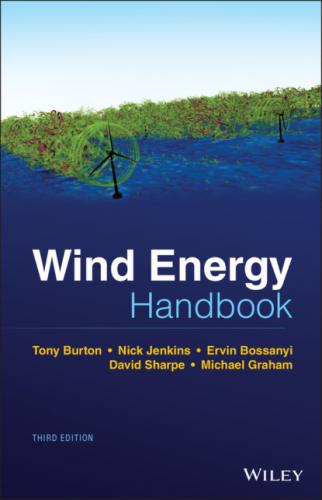Figure A3.3 Separation of a boundary layer.
Figure A3.4 Separated flow past a flat plate.
On some bluff (i.e. non‐streamlined) bodies, the boundary layers separate from different downstream edges and do not meet up, such as is shown in Figure A3.4 for a flat plate normal to the flow. In these cases, as for the cases of boundary layer separation from continuous surfaces, a thick wake results, which often contains large eddying motions, and the pressure drag is high. A sharp edge on a body will always cause separation. For the flat plate broad‐side onto the flow, Figure A3.4, the boundary layer separates at the sharp edges and CD is almost independent of Re but is dependent upon the plate's aspect ratio.
A3.4 Laminar and turbulent boundary layers and transition
Unless the incident flow contains high intensity, small length scale turbulence, the flow just downstream of the attachment point forms laminar boundary layers. Eventually, unless the Reynolds number is rather low, due to boundary layer growth in thickness with downstream distance and the effects of adverse pressure gradient on the velocity profile, laminar boundary layers become unstable, and the instabilities grow into turbulence. This is the transition point and downstream of it the boundary layer becomes a turbulent boundary layer; see Figure A3.5. The transition point on an aerofoil has a strong influence on the drag of the aerofoil and on the angle of attack at which stall starts to develop. Its location depends strongly on (i) the Reynolds number and boundary layer thickness, (ii) the surface pressure distribution, particularly the strength of adverse pressure gradient, (iii) the roughness of the surface, and (iv) the turbulence in the external stream. Points (i) and (ii) being large lead to instability growth, (iii) and (iv) to finite sized disturbances that seed the growth of turbulence. An additional very potent factor (v) in promoting transition is the occurrence of very small regions of separation known as separation bubbles. Because a shear layer profile with a point of inflexion is in practice immediately unstable, both separation bubbles and laminar boundary layers in the regions of strong adverse pressure gradient just after a very low‐pressure peak can be regarded for practical purposes as giving rise immediately to transition unless they have completely separated first. Unfortunately, because of the very small scales involved, direct simulation of transition even on a simple aerofoil profile requires very large computing capacity and in practice simple semi‐empirical methods such as the en method (where n ∼ 9, White 1991) are used to predict its occurrence. After transition the boundary layer becomes turbulent and, because of the greatly enhanced mixing that occurs, generates a fuller profile with much higher shear but only within a thin region adjacent to the body surface. The effects of this are to increase the skin friction considerably (therefore the skin friction drag increases and the boundary layer thickens more rapidly) but also to oppose more strongly the effects of adverse pressure gradient in causing separation. Turbulent boundary layers are much more resistant to separation. The outer limit of a boundary layer beyond which viscous shear is negligible is not a precise interface but usually taken as the surface at which the mean velocity has reached 99.5% of the ‘external’ flow velocity. This is a difficult state to define precisely if the external pressure field is varying, as is, for example, the case with the ABL. Also, in the case of a turbulent boundary layer the instantaneous interface is highly corrugated in space and time due to the turbulent eddies.
Figure A3.5 Laminar and turbulent boundary layers.
The coefficient of drag, therefore, in these cases can vary with Reynolds number in a complex fashion. Figure A3.6 shows the classic result for a circular cylinder. At moderate to low Reynolds numbers (small diameters and/or low speeds), the boundary layers remain laminar, and separation takes place just ahead of 90° from the front attachment point. As the Reynolds number increases to a critical value, transition to turbulence that is taking place in the wake moves upstream to the separation point, and the turbulent separated layer immediately reattaches, forming a small separation bubble. Downstream of this is a turbulent boundary layer that does not separate until much further round the cylinder, forming a narrow wake, and the drag coefficient falls abruptly. With further increase of Reynolds number, turbulent separation continues, and the drag coefficient slowly increases again. This effect of Reynolds number on separation and forces is usually less complex on many other types of body, but particularly when separation bubbles are formed; as can happen in many aerofoil stall regimes, the behaviour of the force characteristics with Reynolds number can be complex and abrupt.
Figure A3.6 Variation of Cd with Re for a long cylinder.
Transition to turbulence is highly sensitive to levels of small length‐scale turbulence or high frequency acoustic noise in the incident flow (by‐pass transition) and to elements
